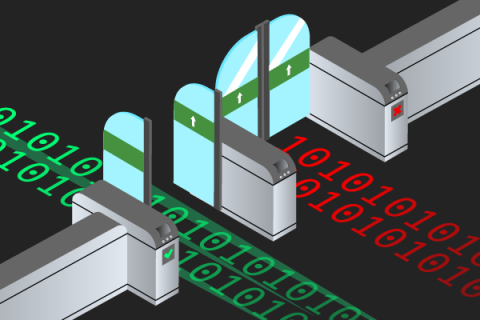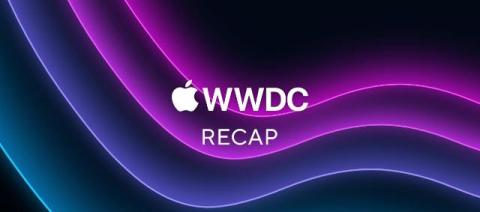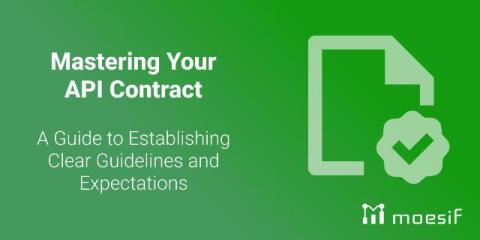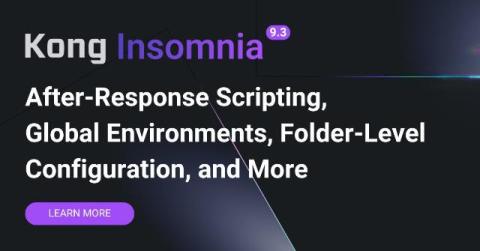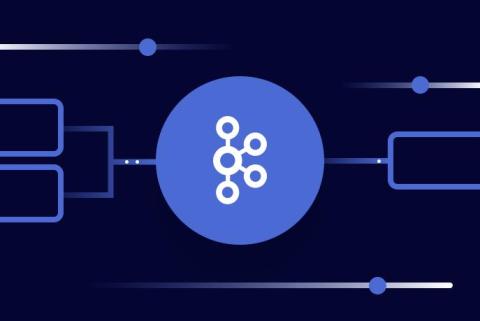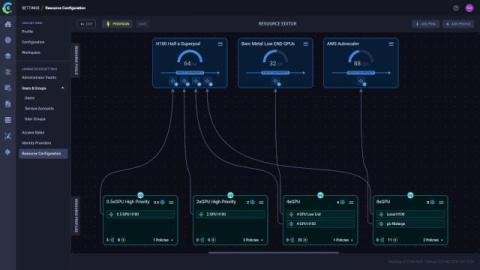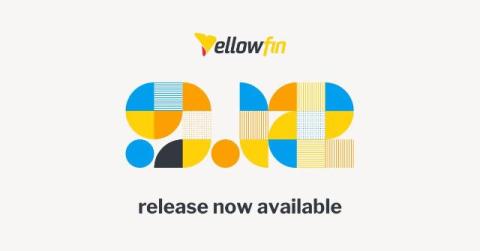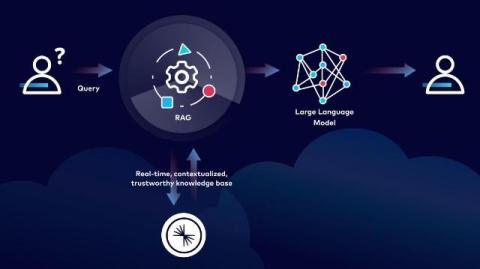What Are Quality Gates?
Quality gates are just what they sound like: They ensure the delivery of high-quality software by serving as quality milestones (or “gates”) during various stages of the software development lifecycle (SDLC), preventing bad code from passing through. Here, we explain what are quality gates, how they work, and how to implement them using static analysis. Read along or jump ahead to the section that interests you most: Manage Your ci/cd pipeline with Static Analysis.


